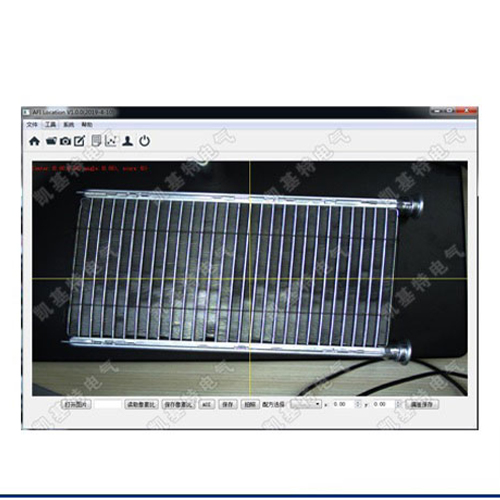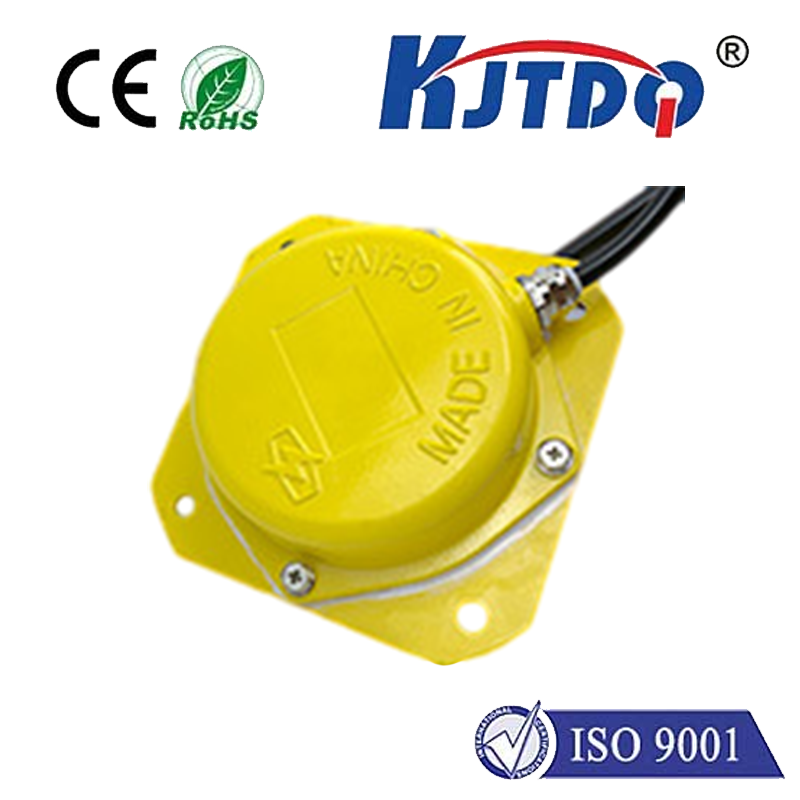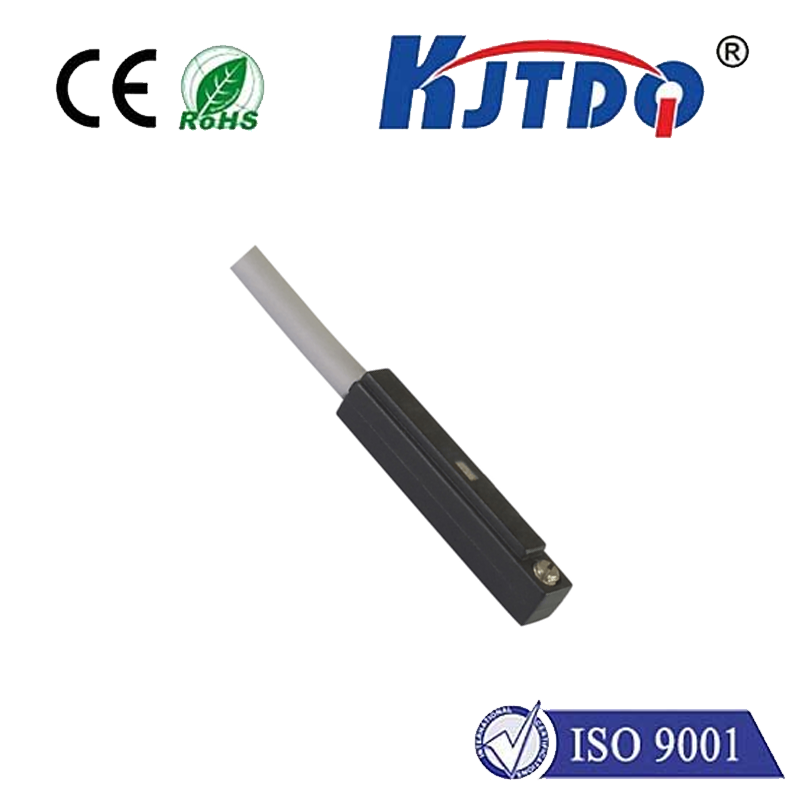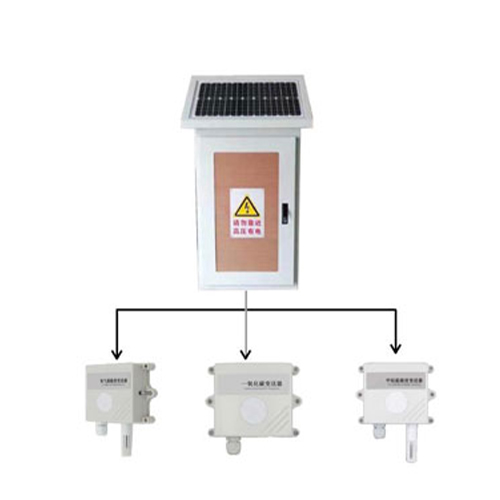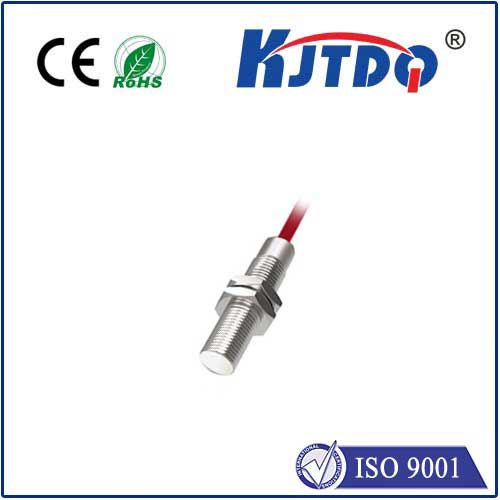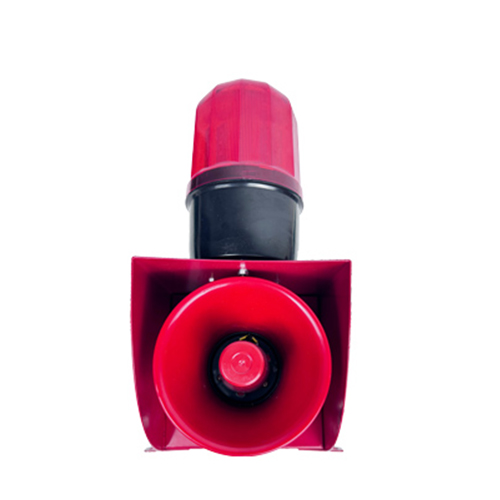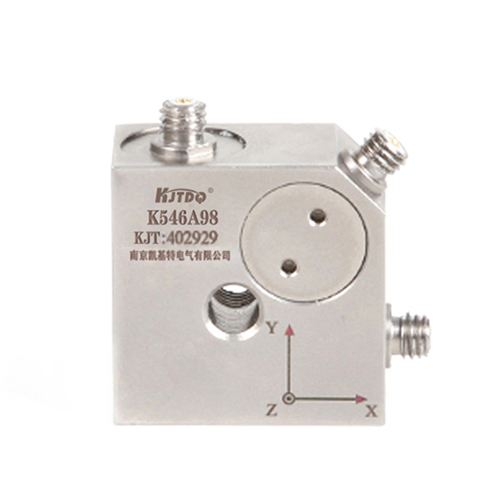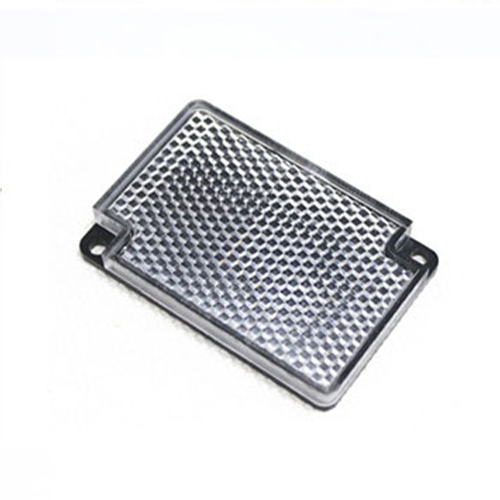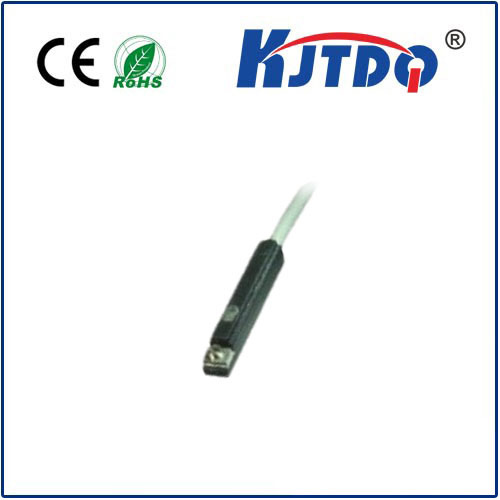

check

check

check

check

check

check

check

check

check

check
Imagine detecting the width of a human hair from kilometers away, or monitoring the structural integrity of a massive bridge in real-time, immune to lightning storms and corrosive chemicals. This isn’t science fiction; it’s the tangible reality delivered by digital fiber optic sensors, transforming how we measure, monitor, and control the physical world.
Gone are the days when sensing was purely analog and limited. Digital fiber optic sensors represent the cutting-edge convergence of photonics, materials science, and sophisticated digital signal processing. At their core, they leverage the fundamental principle of guiding light through ultra-pure glass or plastic fibers. Unlike traditional electrical sensors, they measure changes in the properties of light (like intensity, wavelength, phase, or polarization) as it travels through the fiber. Critically, this optical signal is converted into precise digital data output, opening a world of advantages.

So, how does this magic work? It starts with a light source – often a laser or LED – injecting light into an optical fiber. This fiber acts as both the sensor and the signal transmission line. When the fiber encounters the physical parameter it’s designed to detect (such as strain, temperature, pressure, vibration, or even chemical presence), the interaction alters the light’s characteristics. For instance:
A photodetector at the other end captures this modified light. Crucially, this raw optical signal isn’t the end product. Advanced digital electronics process this signal. This involves sophisticated techniques like Fast Fourier Transforms (FFT), correlation analysis, or demodulation algorithms running on dedicated microprocessors or FPGAs. The result? The subtle changes in light are translated into high-fidelity, quantifiable digital data representing the measured parameter.
This digital transformation is the key differentiator, offering unparalleled benefits over traditional analog sensors and even early optical sensors:
These strengths unlock transformative applications across diverse sectors:
While challenges like system cost and specialized installation expertise remain, the trajectory for digital fiber optic sensing is overwhelmingly positive. Its unique combination of electromagnetic immunity, extreme precision, distributed sensing capabilities, and robust digital data output makes it an indispensable tool for demanding environments where traditional sensors fail. As digital processing power advances and costs decrease, these sensors will continue to push the boundaries of what’s measurable, enabling smarter infrastructure, safer operations, and entirely new capabilities in sensing technology. They are not just sensors; they are the digital nervous system of an increasingly complex and interconnected industrial world.
